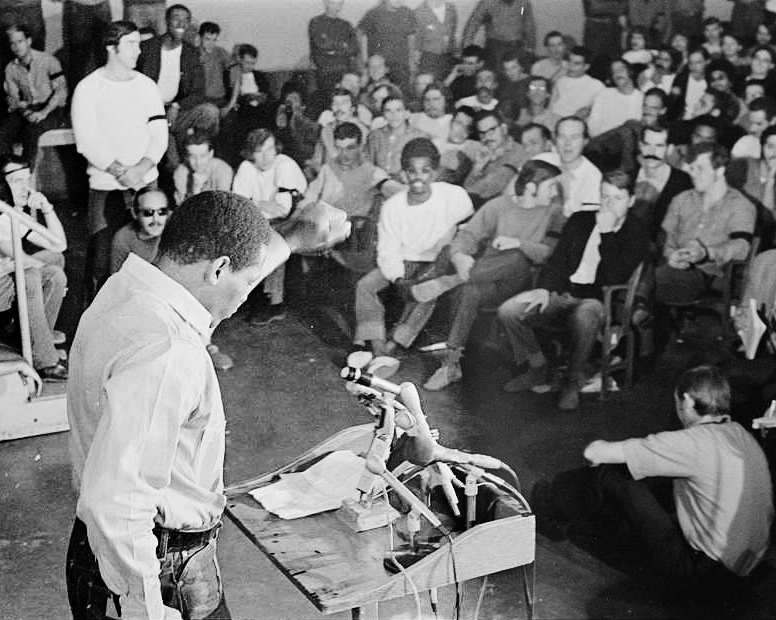As protesters around the United States call for an end to racial violence caused by policing, the country also needs a deeper investigation into its criminal justice system, which incarcerates Black people at approximately five times the rate of white people. Systemic racism is evident at each stage of the criminal justice process, from sentencing to parole and early release. Spending even a short time in prison can have detrimental effects on the lives of Black people, infringing on their human rights and affecting their prospects for jobs, education, and civic engagement.
Michelle Alexander describes this phenomenon in her book The New Jim Crow, which students explore in this lesson. Students first examine the implications and characteristics of the discriminatory laws in effect during Jim Crow-era segregation before applying this lens to research current policies, collecting data on civil and political rights involved with bail, sentencing, voting, and more. Each learner will “become a defender” by creating educational materials on mass incarceration, reaching out to their state representatives, and taking mindful action with the organizations of two human rights defenders, Andrea James and Bryan Stevenson.
Andrea James and Bryan Stevenson are two human rights defenders dedicated to criminal justice and driven to reform policy. They’re committed to serving the incarcerated, the disenfranchised, and the condemned.
Because all the activities involve independent or group research that can be done online, this lesson plan fits into either virtual or in-person classrooms, with opportunities for discussion and collaboration on Zoom or with classmates. This lesson is an excellent complement to “The New Jim Crow,” “Just Mercy” by Bryan Stevenson, or “Upper Bunkies Unite: And Other Thoughts on the Politics of Mass Incarceration” by Andrea James.


